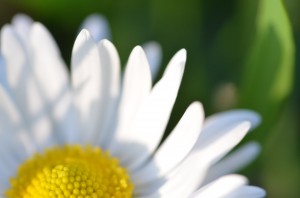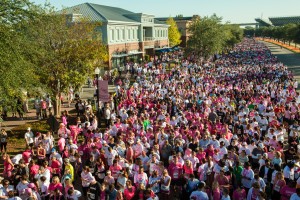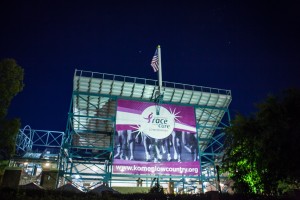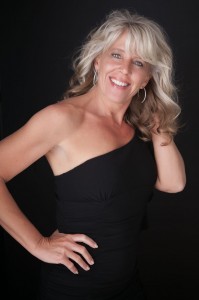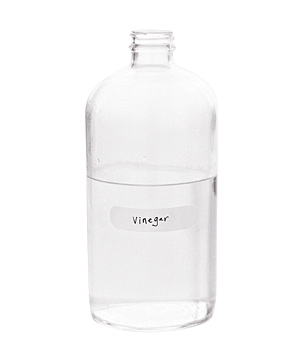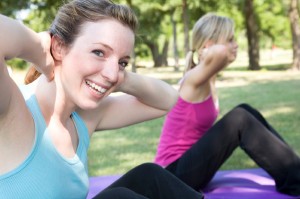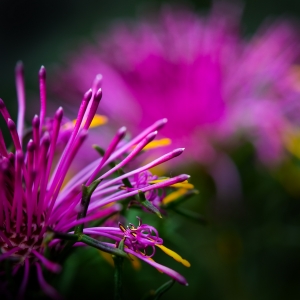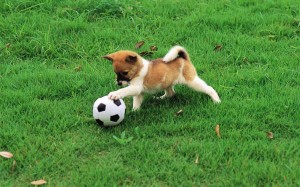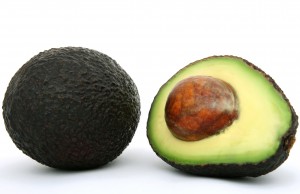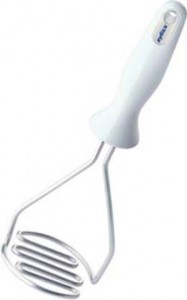 In the digital age, pictures are more than a thousand words. On every social media platform, your profile picture is a representation of who you are—so why not make it count?
In the digital age, pictures are more than a thousand words. On every social media platform, your profile picture is a representation of who you are—so why not make it count?
Follow these 10 styling tips, and you’ll be camera ready in every situation.
Showcase your features. Whether it’s your eyes or your smile, make sure to draw attention to your greatest asset. If you straight, white teeth, give the camera a wide grin. If you have full lips, let the world know with a bright color. If you draw attention to your best feature, you’ll feel and look confident, which makes for a better shot.
Look directly at the camera. Most of us look better—and friendlier—when we’re making eye contact with the lens. That doesn’t mean you can’t tilt your head to highlight your best angle, though.
Improve your posture.When someone is snapping your picture, find a pose that is comfortable, but not slouchy or rigid. The best pictures are always when subjects look natural.
Smile! When the photographer is snapping away, try to think of something that makes you laugh, and give the world a stunning smile.
Hats off. Hats and glasses do look stylish in person, but in photographs, they cast shadows and glares over your most expressive feature—your eyes.
Opt for a (mostly) natural face. Portraits should highlight you, not your makeup. Focus on using just enough eyeliner and mascara to highlight your eyes, which are always the most compelling part of a portrait.
Tame the mane.As a rule of thumb, bigger hair is better in photos because it frames your face. So fluff your locks with your fingers before the shutter clicks.
Got a few portrait tips up your sleeve? Share in the comments below!
